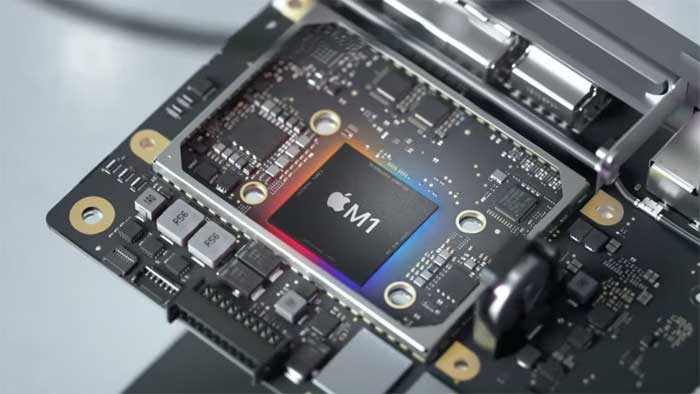 INFRA
INFRA
 INFRA
INFRA
 INFRA
INFRA
Apple Inc. earlier this year launched a project to develop homegrown modem chips for its mobile devices, according to leaked remarks by one of the company’s top engineering executives.
The news sent shares of Qualcomm Inc., Apple’s current mobile chip supplier, down more than 8% today.
Bloomberg reported on Thursday that Johny Srouji, Apple’s senior vice president of hardware technologies, revealed the development initiative in a virtual town hall with employees. “This year, we kicked off the development of our first internal cellular modem, which will enable another key strategic transition,” the executive was quoted as saying. “Long-term strategic investments like these are a critical part of enabling our products and making sure we have a rich pipeline of innovative technologies for our future.”
The iPhone and iPad currently rely on modem chips from Qualcomm to connect to the carrier networks. Apple’s apparent bid to move away from the firm’s technology is not entirely surprising given that the companies only about 18 months ago had concluded a years-long legal battle over chip pricing. The feud ended with Apple paying $4.5 billion to Qualcomm to continue using its modems.
Last year, in a presumably not completely unrelated move, the iPhone maker spent $1 billion to acquire Intel Corp.’s modem chip business. Apple hired thousands of former Intel employees as part of the deal and also obtained technology assets such as semiconductor equipment. The acquisition likely provided the foundation for the company’s reported push to develop its own modem chips.
Even with Apple’s considerable technical know-how and resources, it may be years before it has chips capable of fully replacing Qualcomm silicon in iPhones. To start, facilitating internet connections on a mobile device requires not just a modem but also other components such as antenna modules and a so-called RF front end, specialized circuitry that helps turn radio signals caught by the antennas into a workable form. Qualcomm sells such components together with its chips.
To support 5G fully, the mobile modems Apple is reportedly developing would also need to support the various behind-the-scenes technologies network operators use to implement the standard. The chips would, among other things, need to be capable of simultaneously processing multiple data streams sent over different frequencies. That’s a requisite to a key connectivity-enhancing feature of 5G and certain LTE networks known as carrier aggregation.
The project Apple has reportedly embarked on is challenging, but one that the company is equipped to tackle given its strong track record in semiconductor design. After more than a decade of using Intel central processing units in Macs, Apple recently debuted a new generation of computers with a homegrown processor (pictured) that handily outperformed earlier machines.
Apple also has some experience in networking silicon. The company’s popular AirPods wireless earbuds, for instance, use an internally developed chip known as the W1 to manage the Bluetooth connection that links them with each other and to the user’s mobile device.
Support our mission to keep content open and free by engaging with theCUBE community. Join theCUBE’s Alumni Trust Network, where technology leaders connect, share intelligence and create opportunities.
Founded by tech visionaries John Furrier and Dave Vellante, SiliconANGLE Media has built a dynamic ecosystem of industry-leading digital media brands that reach 15+ million elite tech professionals. Our new proprietary theCUBE AI Video Cloud is breaking ground in audience interaction, leveraging theCUBEai.com neural network to help technology companies make data-driven decisions and stay at the forefront of industry conversations.